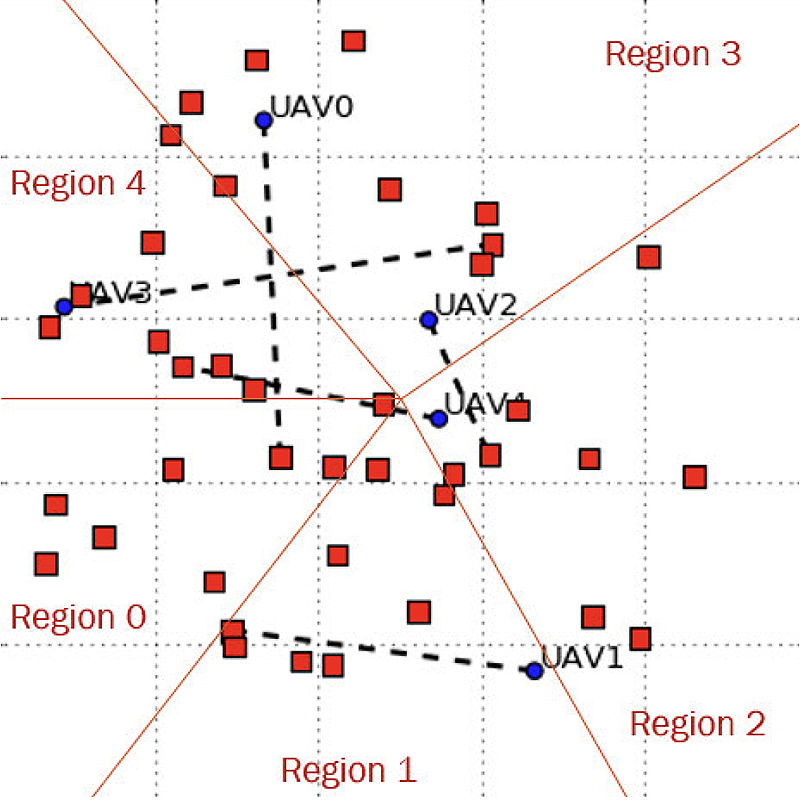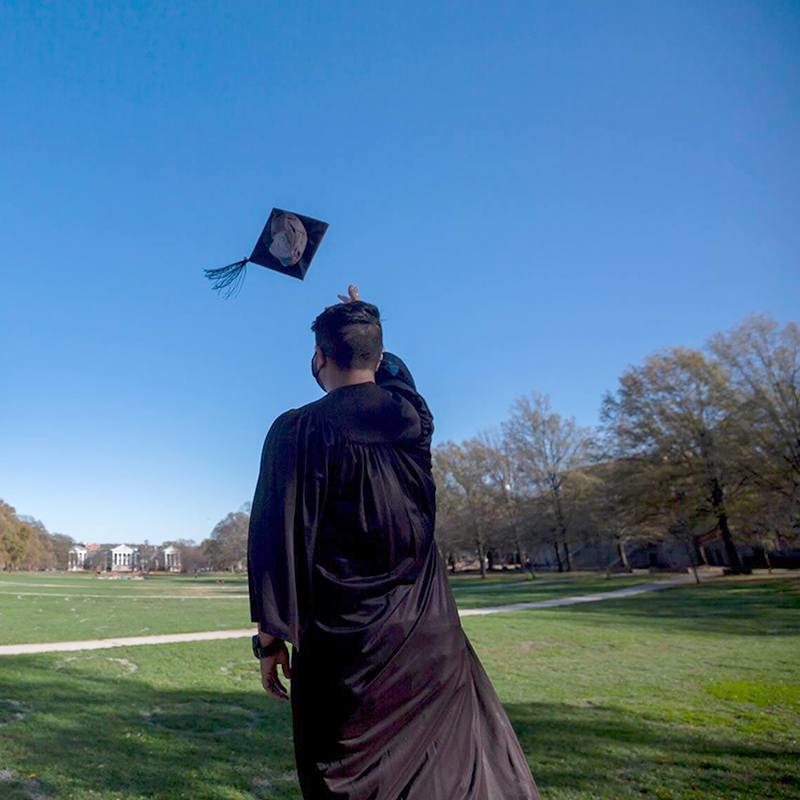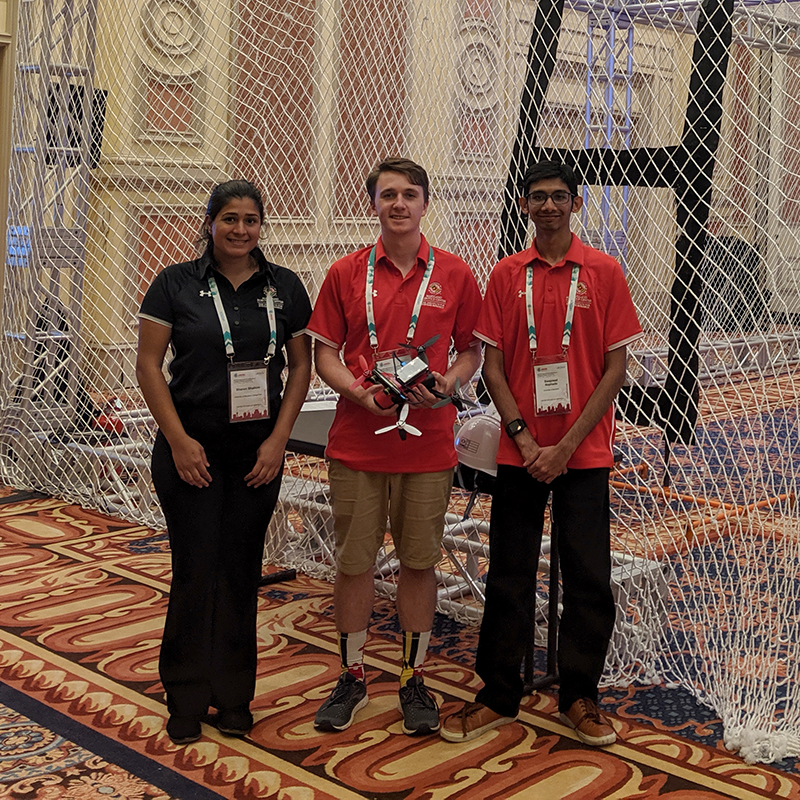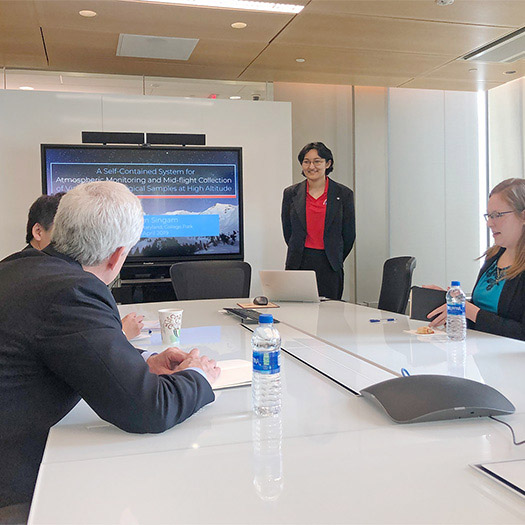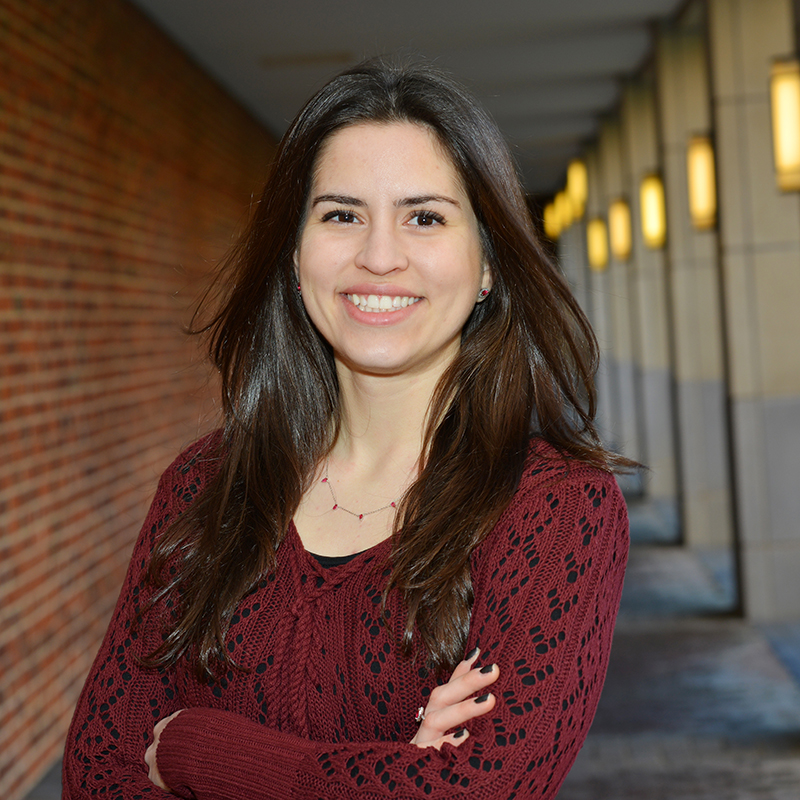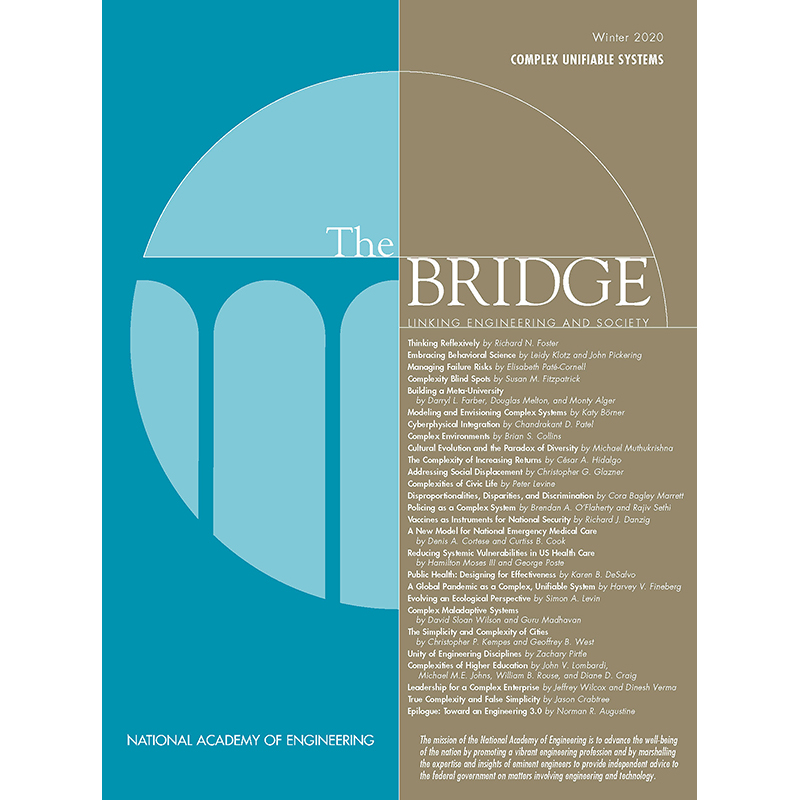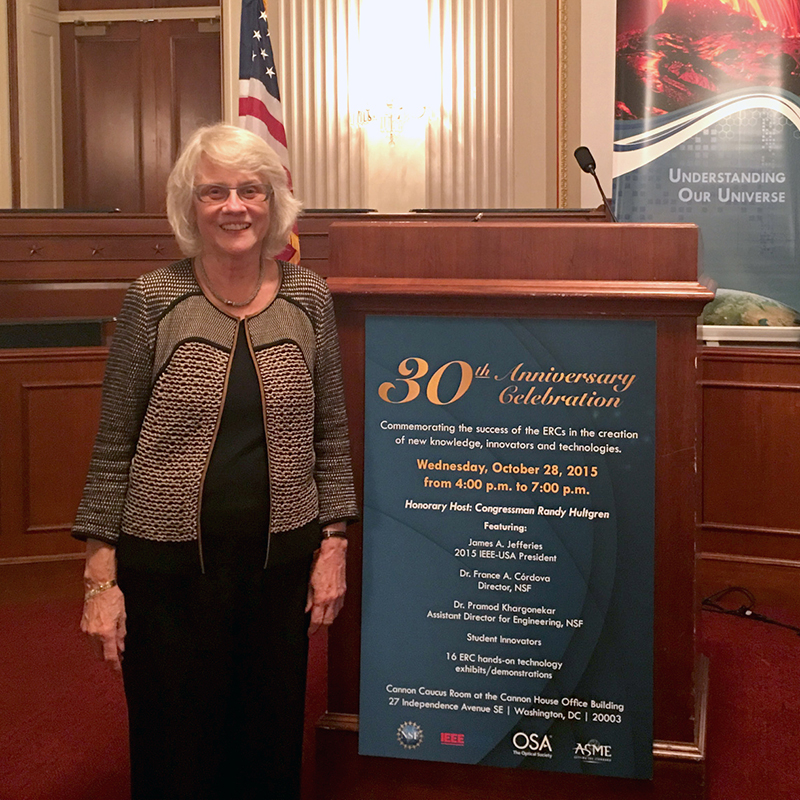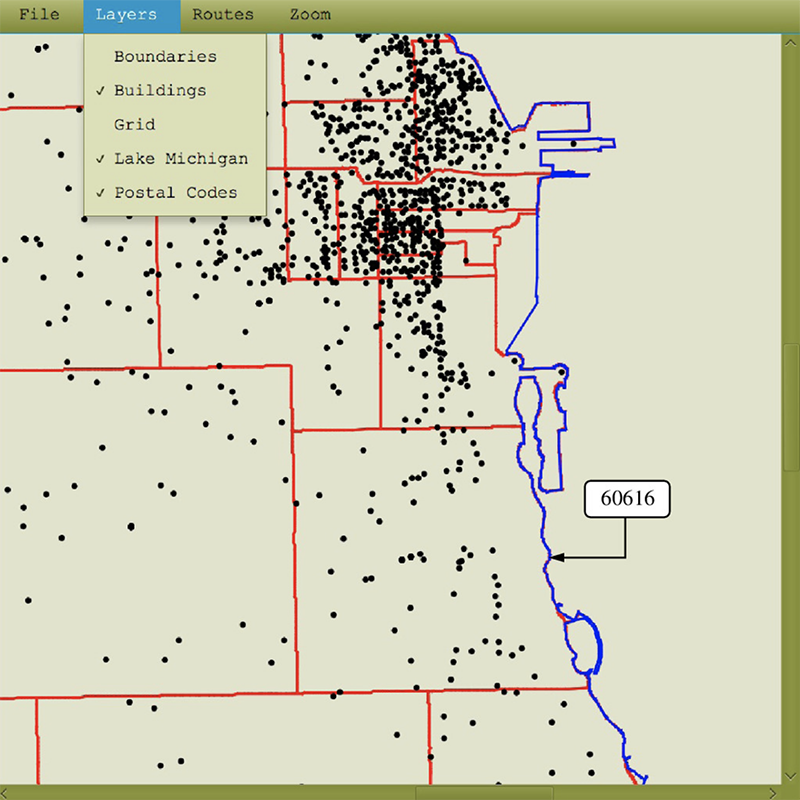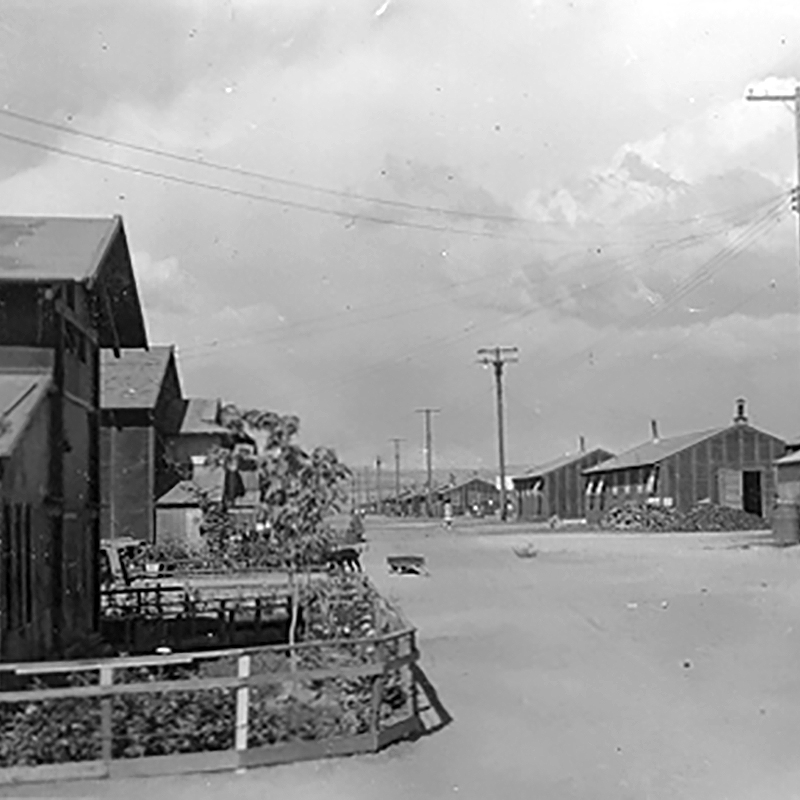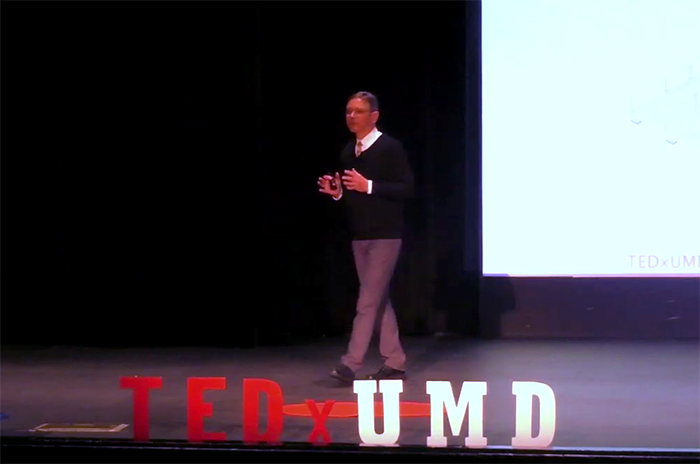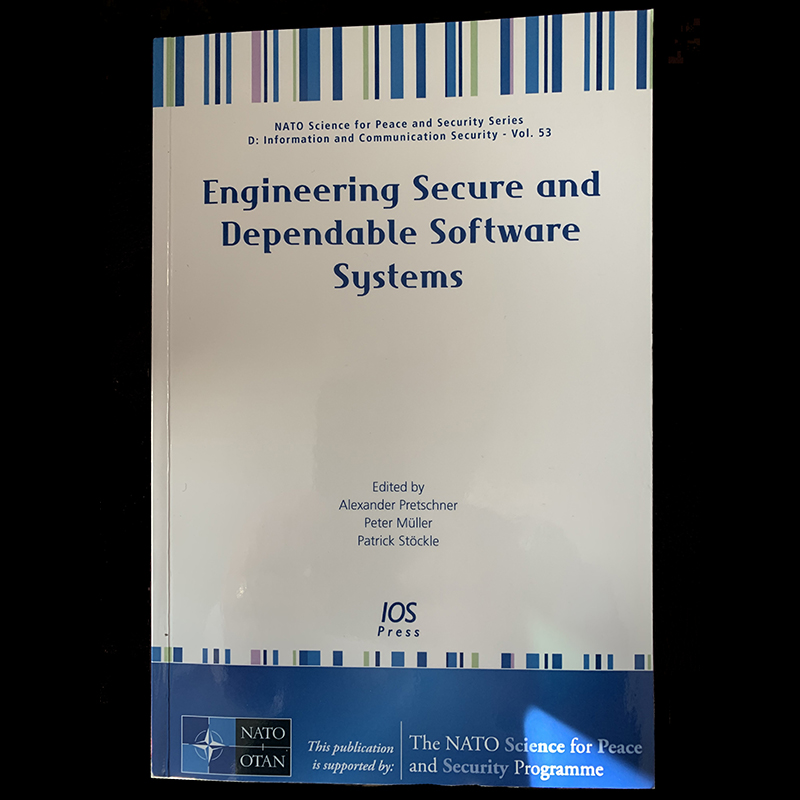2022
Sachraa G. Borjigin, Mark Austin, Edward J. Zontek-Carney
A framework for the semiautomated development of textual requirements for the building construction industry, a domain in which quality of textual requirements has a direct bearing on the avoidance of unnecessary project losses and failures.
Journal of Management in Engineering (ASCE)
2021
Mark Blackburn, Mark Austin
The final report of research conducted with Stevens Institute of Technology in its Systems Engineering Research Center UARC. The authors investigated digital twin design architectures that support Artificial Intelligence (AI) and Machine Learning (ML) formalisms working side-by-side as a team. The unique aspects of this research are the use semantic technologies that can leverage AI and ML providing complementary and supportive roles in the collection, formalizing representations and processing of data, identification and correlation of events, in evolving spatial contexts and automated decision making throughout the system lifecycle. The research developed graph embedding procedures with ML tasks, which together can enhance digital twin design and decision making to factor in evolving temporal and spatial information, such as those encountered in urban settings.
Final Technical Report SERC-2021-TR-007
2020
Maria Coelho, Mark Austin, Shivam Mishra, Mark Blackburn
Due to remarkable advances in computer, communications and sensing technologies over the past three decades,large-scale urban systems are now far more heterogeneous and automated than their predecessors. They may, in fact, be connected to other types of systems in completely new ways. These characteristics make the tasks of system design, analysis and integration of multi-disciplinary concerns much more difficult than in the past. We believe these challenges can be addressed by teaching machines to understand urban networks. This paper explores opportunities for using a recently developed graph autoencoding approach to encode the structure and associated network attributes as low-dimensional vectors. We exercise the proposed approach on a problem involving identification of leaks in urban water distribution systems.
IARIA International Journal on Advances in Networks and Services
Maria Coelho, Mark Austin
Explores opportunities for using recently developed graph embedding procedures to encode the structure and associated network attributes as low-dimensional vectors. The AI/ML concept is demonstrated on a problem involving identification of leaks in an urban water distribution system.
15th International Conference on Systems (ICONS 2020)
Mark Austin, Parastoo Delgoshaei, Maria Coelho, Mohammad Heidarinejad
Explores the approaches and challenges of architecting and operating smart city digital twins, and proposes a path that supports semantic knowledge representation and reasoning, as well as machine learning formalisms, to provide complementary and supportive roles in collecting and processing data, identifying events, and automating decision making.
Journal of Management in Engineering
2023
Erfan Amini, Reza Marsooli, Bilal Ayyub
Coastal structures such as seawalls prevent hinterland erosion and flooding, making them an integral component in building resilient communities and infrastructure. However, these structures could fail to perform as intended during extreme events, given that their performance varies with environmental conditions such as incident wave characteristics. The probability of failure may be reduced using the flood mitigation benefits of natural or nature-based features, such as beaches. However, the performance of hybrid solutions is not yet fully understood. The objective of this study is to quantify the wave attenuation benefits of beaches for improving the performance of seawalls to reduce wave runup and prevent wave overtopping. To that end, this study first proposes novel metrics for the robustness and serviceability of such systems, as well as a new temporal metric to quantify the flooding time. Next, these metrics, as well as the volume of overtopping, are utilized to measure the performance of a hybrid beach–seawall system at a study site in the United States.
ASCE-ASME Journal of Risk and Uncertainty in Engineering Systems, Part A: Civil Engineering
Cao Wang, Bilal Ayyub
Civil structures and infrastructures are often subjected by design to the impacts of natural and human-caused hazardous events, and accordingly may suffer from damages, functionality loss, and failure. In order to quantitatively measure the associated likelihood and consequences for quantifying risks, an appropriate measure of structural reliability and resilience is essentially required. This paper presents an explicit measure for the time-dependent resilience of repairable structures as a natural extension of time-dependent structural reliability concepts, taking into account the effects of structural performance deterioration and nonstationary external loads. The proposed resilience measure is a function of the duration of considered service period, and is in a closed form. Remarkably, the time-dependent resilience can be treated as a generalized form of the time-dependent reliability. A numerical example is presented to demonstrate the accuracy and applicability of the proposed resilience measure.
14th International Conference on Applications of Statistics and Probability in Civil Engineering, ICASP14 (2023)
2021
Charles Meehan, John Baras
The authors use Model-Based Systems Engineering techniques to verify system requirements and validate stakeholder requirements for the problem of detecting and correcting for object slippage within a dexterous five-fingered robotic hand.
2021 IEEE International Systems Conference (SysCon)
2023
Qiuyi Chen, Mark Fuge
Many design problems involve reasoning about points in high-dimensional space. A common strategy is to first embed these high-dimensional points into a low-dimensional latent space. The authors propose that a good embedding should be isometric---i.e., preserving the geodesic distance between points on the data manifold in the latent space.
Journal of Mechanical Design
Eesh Kamrah, Fatemeh Ghoreishi, Zijian Ding, Joel Chan, Mark Fuge
Design researchers have struggled to produce quantitative predictions for exactly why and when diversity might help or hinder design search efforts. This paper addresses that problem by studying one ubiquitously used search strategy -- Bayesian Optimization (BO) -- on a 2D test problem with modifiable difficulty.
Journal of Mechanical Design
2022
Jun Wang, Wei Chen, Daicong Da, Mark Fuge, Rahul Rai
Cellular structures with controlled local structures can realize heterogeneous material properties and hence enable a much wider range of functions than homogeneous structures. However, the design of heterogeneous cellular structures is challenging due to the high degrees of design freedom. The authors propose a simple yet principled way to achieve the fast design of heterogeneous cellular structures. This method uses physics-based optimization to find the optimal material property distribution under given design requirements, and uses a conditional generative model, named Inverse Homogenization Generative Adversarial Network (IH-GAN), to find the local structures that correspond to the optimal material properties.
ICML 2022 Workshop on Machine Learning in Computational Design
2021
Qiuyi Chen, Phillip Pope, Mark Fuge
The manifold hypothesis forms a pillar of many modern machine learning techniques. Within the context of design, it proposes that valid designs reside on low dimensional manifolds in the high dimensional design spaces. Here, the authors present the optimal-transport-based sibling of their previous work, BézierGAN, that surpasses its predecessor in terms of both manifold approximating precision and learning speed. They also provide methodology that helps determine the intrinsic dimension of the design manifold beforehand.
AIAA SciTech Forum 2022
Arthur Drake, Qiuyi Chen, Mark Fuge
Complex engineering problems such as compressor blade optimization often require large amounts of data and computational resources to produce optimal designs because traditional approaches only operate in the original high-dimensional design space. To mitigate this issue, the authors develop a simple yet effective autoencoder architecture that operates on a prior ε-frontier from examples of past optimization trajectories. This paper focuses on using such non-linear methods to maximize dimensionality reduction on an easily verifiable synthetic dataset, providing a faster alternative to high-fidelity simulation techniques.
aaas.org
2019
Thurston Sexton, Mark Fuge
The paper directly models a cognitive process by which technicians may record work orders, recovering implied engineering knowledge about system structure by processing written records.
ASME 2019 International Design Engineering Technical Conference/Computers and Information in Engineering Conference
Keven Chiu, Mark Fuge
From engineering analysis and topology optimization to generative design and machine learning, many modern computational design approaches require either large amounts of data or a method to generate that data. This paper addresses key issues with automatically generating such data through automating the construction of Finite Element Method (FEM) simulations from Dirichlet boundary conditions.
ASME 2019 International Design Engineering Technical Conference/Computers and Information in Engineering Conference
